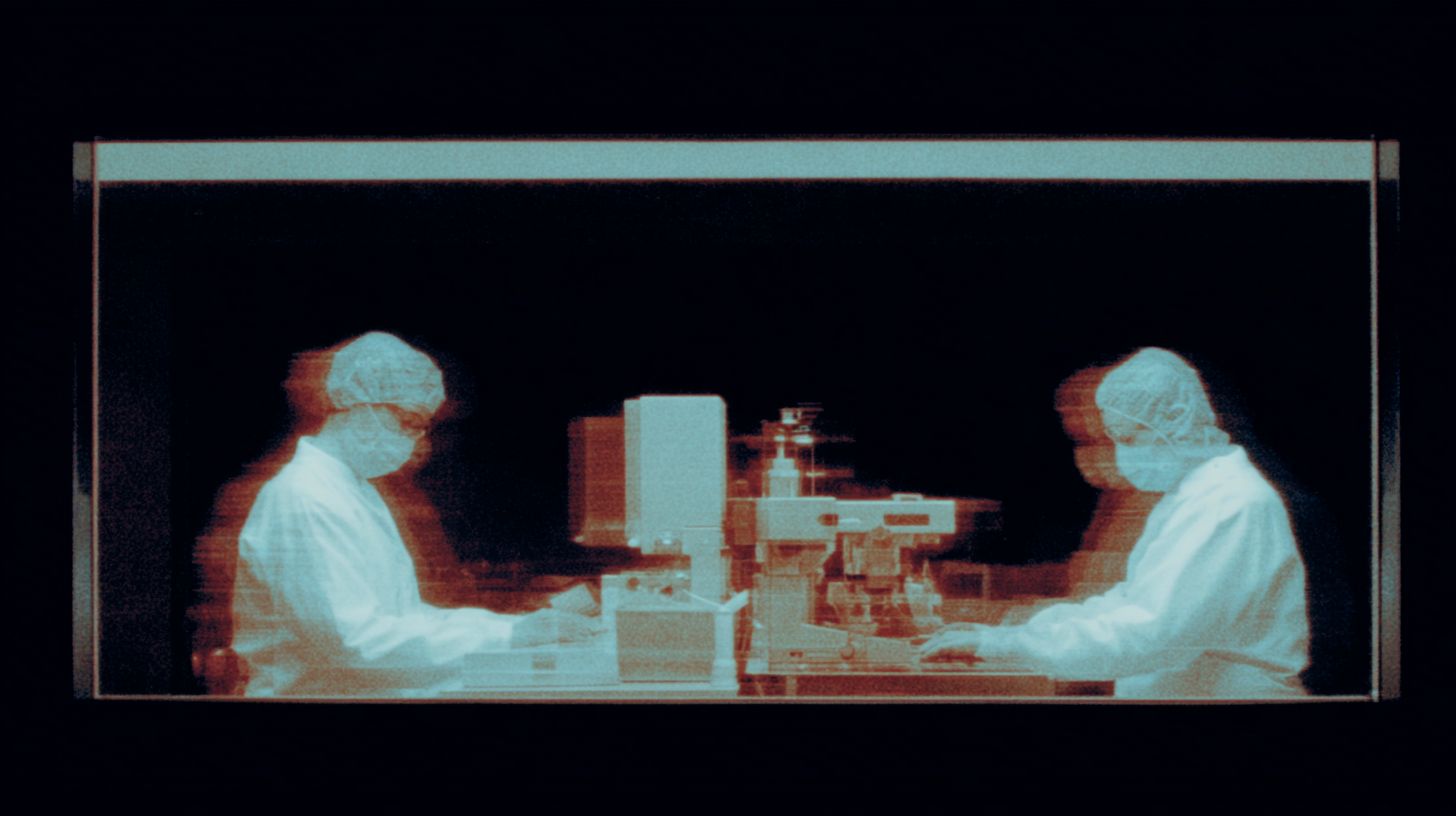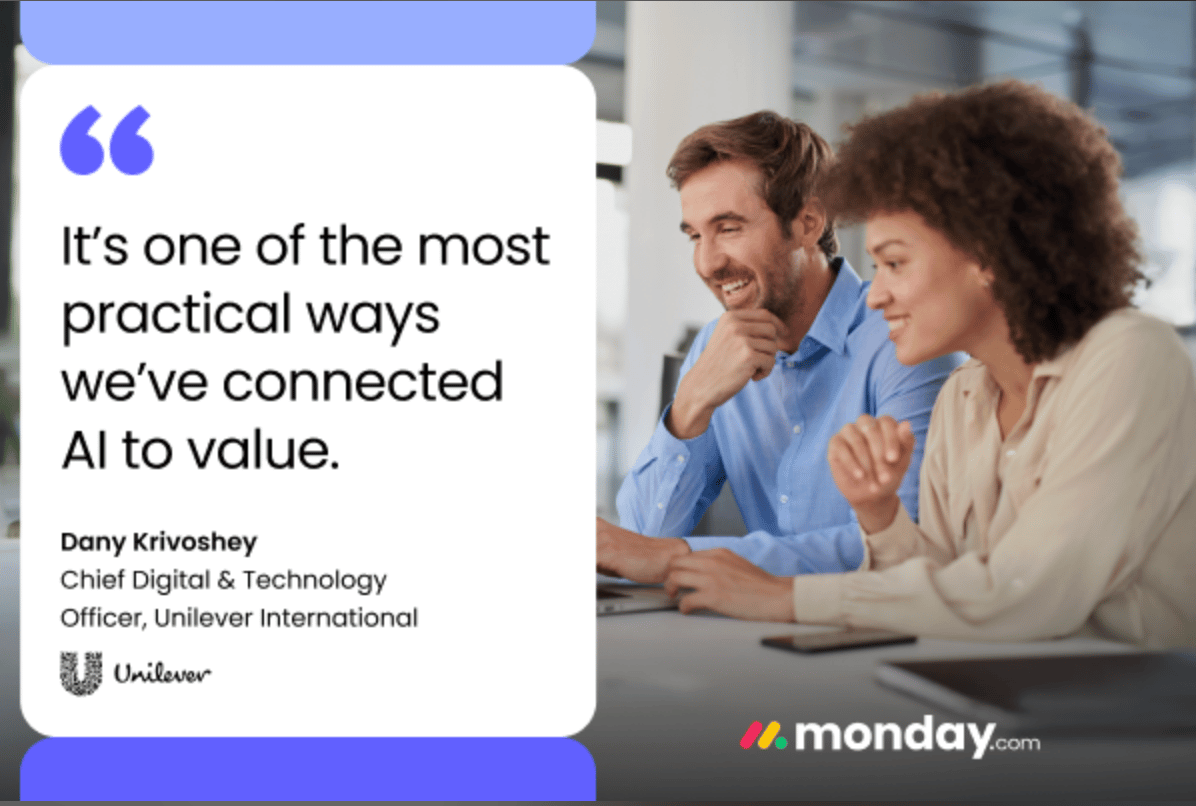- The Deep View
- Posts
- Amazon invest $50 billion in government AI
Amazon invest $50 billion in government AI

Welcome back. On Monday, Anthropic released Claude Opus 4.5, the latest model in its Claude family to hit the market, as well as broad availability of integrations for Excel and Chrome. The model features state-of-the-art performance on benchmarks including coding, tool use and problem solving. It also features an improvement to particularly long conversations called “context compaction,” which essentially allows Opus 4.5 to talk for longer. Overall, Anthropic said, its newest model “runs longer, does more, and requires less intervention.” Still, the company faces an increasingly crowded market as competitors like OpenAI and Google release their own state-of-the-art models at a rapid clip.
1. Amazon invests $50 billion in government AI
2. AI devices might be divisive
3. Researchers reveal AI for discovering rare diseases
INFRASTRUCTURE
Amazon invests $50 billion in government AI

Amazon is the latest tech giant to cozy up to the U.S. government.
The company announced on Monday that it would invest up to $50 billion to expand its AI and supercomputing capabilities to U.S. government customers. Amazon said the investment directly supports the Trump Administration’s AI Action Plan.
The investment will go towards building 1.3 gigawatts of data centers, set to break ground next year, across Amazon Web Services regions for federal agencies, including AWS Top Secret, AWS Secret, and AWS GovCloud regions.
Federal agencies will also get access to the company’s suite of AI services, including access to Anthropic’s Claude models, Amazon said in its announcement.
The investment also gives the government access to AWS Trainium AI chips and Nvidia AI infrastructure.
The investment expands Amazon’s already strong position with the US government. The company noted in the press release that it already supports than 11,000 government agencies with AWS.
“This investment removes the technology barriers that have held government back and further positions America to lead in the AI era,” AWS CEO Matt Garman said in the announcement.
It’s not the first time we’ve seen a tech company vie for the U.S. government’s favor amid the heated AI race. Meta, Amazon, Microsoft, OpenAI, xAI and others have all offered steep discounts to get federal agencies to adopt their technology over others. Microsoft even kicked in a $20 million investment to support adoption in early September.
Amazon’s investment takes the competition up a notch, not only offering the government the resources to play around with its AI offerings at practically no cost, but also embedding itself and its infrastructure into the very fabric of government operations.
“With this $50 billion commitment, Amazon is positioning itself as the foundational backbone for U.S. government AI operations,” Neil Sahota, United Nations advisor and CEO of ACSILabs, told The Deep View. “That lock-in translates into business scale, repeated service billing, and the opportunity to harvest domain-specific insights from domestic government AI use cases that can be leveraged for broader enterprise offerings.”

Investments like this tie the future of America’s AI superiority directly to the fate of these companies. As it stands, tech players see data center capacity as the biggest barrier to the U.S. maintaining AI dominance, with upwards of one trillion dollars committed from tech giants across the industry to build out gigawatt after gigawatt of capacity in the country. And Amazon may already be running up against barriers: According to Business Insider, AWS hit “critical capacity constraints" this summer due to AI demand, causing it to bleed millions from customers moving to Google.
With Chinese firms moving just as quickly, tech firms and governments alike may be feeling the pressure.
TOGETHER WITH MONDAY.COM
Finally: AI that actually delivers.
That’s how Unilever International runs 250+ projects across 120+ countries — with a team of just 10.
The tool behind it? monday.com’s Work Management.
No more update emails, or status meetings. Project tracking, risk detection, and weekly planning all now happen in one shared real-time workspace. AI flags blockers, dashboards update themselves, and everything moves in sync.
The payoff? 1,830 hours saved per year. 4x ROI. 95%+ adoption.
Want to scale without the chaos?
PRODUCTS
AI devices might be divisive

OpenAI is getting hands on.
CEO Sam Altman and former Apple designer Jony Ive have started prototyping the company’s first piece of consumer hardware, claiming in an interview at Emerson Collective’s 2025 Demo Day that the device could hit the market in less than two years.
Though the project has been kept heavily under wraps, Altman called the device “simple and beautiful and playful.” The gadget has been reported to be roughly the size of a smartphone and not have a screen. Ive said in the interview that he admires solutions that appear “almost naive in their simplicity.”
The device adds to OpenAI’s broader pursuit to stake its claim in practically every industry, from browsers to enterprise tech to social media. But the company might face a higher barrier to entry in the consumer hardware market based on its predecessors:
The highly-hyped Humane AI Pin, for example, made its debut in April of 2024 and quickly flopped, stopping operation in February. The nearly $700 device sought to detach users from their screens, survey their surroundings and answer queries. Along with simply not working well, the device was redundant to already-ubiquitous technology: Smartphones.
Friend, an AI-powered necklace that similarly provides context and companionship to its wearers by watching a user’s environment, has been largely reviled by audiences, its billboards defaced all over major cities.
Though major device makers like Apple, Google and Samsung have seen some success with embedding AI in their suite of gadgets, there’s a reason for this. These firms already have devices in the hands of users, whether it be phones, smart watches or rings. Implementing AI into a connected environment is far more seamless for users than introducing a whole new device.
Though OpenAI definitely has name recognition among consumers, giving it a leg up over the likes of Friend and Humane, whether or not it can break the mold with its own screenless, AI-powered device is yet to be seen.
TOGETHER WITH MIRO
Create Faster (And Smarter) With Miro AI
When it comes to delivery, speed is often the name of the game – you need to build out good ideas (and fast) to stay one step ahead of the competition. Oftentimes, that means leveraging every different tool at your disposal to gain the upper hand. But what if all those tools were in one powerful platform?
Join Miro’s product experts as they guide you in using Miro AI to help you get the most out of their powerful technology.
Miro AI doesn’t just allow you to quickly produce ideas and content… it also does the dirty work, like automating time-consuming tasks, creating process flows, and enhancing your productivity. The Miro team is offering two different sessions to learn more about Miro AI, and you can reserve your spot right here (but hurry, because space fills up fast).
RESEARCH
Researchers reveal AI for discovering rare diseases

AI is getting better at scientific discovery.
On Monday, a group of researchers from the Centre for Genomic Regulation in Barcelona unveiled an AI model capable of discovering previously unknown human genetic mutations that are linked to diseases, outperforming Google DeepMind’s AlphaMissense in some areas. The model could help medical professionals better understand and treat rare diseases.
The model, called popEVE, was built in partnership with Harvard Medical School and examines the evolutionary diversity of genetic sequences for hundreds of thousands of animal species for genetic mutations to gauge whether certain ones might have negative effects.
PopEVE was tested on 31,000 families that have kids with developmental disorders. In more than 500 cases where the kids had genetic mutations, the model was able to pick out that genetic mutation as damaging 98% of the time.
This model is the latest example of researchers using AI to rapidly advance science. Google in particular has long been involved in AI for science, developing models for cancer cell research, protein structure prediction and genetic mutation research. OpenAI and Microsoft also have initiatives dedicated to applying AI models to scientific research.
However, these models might not be ready to take the lead in the lab just yet. OpenAI published research last week detailing its experiments with scientists using GPT-5. The findings showed that while this tech proved useful in helping researchers “expand the surface area of exploration and help researchers move faster toward correct results,” the model isn’t capable of performing experiments or solving scientific problems autonomously.
LINKS

Trump Administration launches “Genesis Mission” to support US AI
OpenAI mental health research head Andrea Vallone to depart by end of year
Fintech firm Revolut hits $75 billion valuation following capital raise
Amazon debuts AI agents for deep bug hunting and threat analysis
Google denies “misleading” report of using Gmail to train AI
Alibaba’s Qwen app debuts at 10 million downloads, growth rivaling ChatGPT
New benchmark tests AI proficiency at protecting human wellbeing
Sora app no longer allowed to use the word “Cameo”

FLORA: Craft campaigns, storyboards, and full visual worlds in one AI-powered workspace. Try FLORA today (sponsored)
OpenAI Shopping Research: A new experience within ChatGPT that does your shopping for you.
Microsoft Fara-7B: An agentic small language model designed for computer use and specialized for web browsers.
Tencent HunyuanVideo-1.5: An open source, lightweight image-to-video generation model.
GitHub go-agent: A fast new agentic AI framework for Go.
BeFreed: A personalized AI audio agent for any media, designed for learning.

Google DeepMind: Senior Research Engineer, Responsibility
OpenAI: Protection Scientist Engineer, Intelligence and Investigations
Meta: AI Specialist - Product and Applied Research
Anthropic: Applied AI, Field Research
A QUICK POLL BEFORE YOU GO
With tech giants investing over $1 trillion in U.S. AI infrastructure, who do you think benefits most? |
The Deep View is written by Nat Rubio-Licht, Faris Kojok and The Deep View crew. Please reply with any feedback.
Thanks for reading today’s edition of The Deep View! We’ll see you in the next one.

“[This image] had clear, consistent numerals on the wheel. [The other image]’s fuzzy numerals were inconsistent. One 7 had a serif. Another 7 didn’t.” “1) There are two adjacent slots in the roulette. 2) Slot 35 is half red, half black. 3) The folding line on the white shirt is not continuous.” “Numbers and letters are clearly displayed. ” |
“I thought [this image] was busier with multiple view points and [the other image] was simpler and easier to have done with ai.... ” “Reflection of white sleeve on wood Less generous number of chips available ” |

Take The Deep View with you on the go! We’ve got exclusive, in-depth interviews for you on The Deep View: Conversations podcast every Tuesday morning.

If you want to get in front of an audience of 450,000+ developers, business leaders and tech enthusiasts, get in touch with us here.






